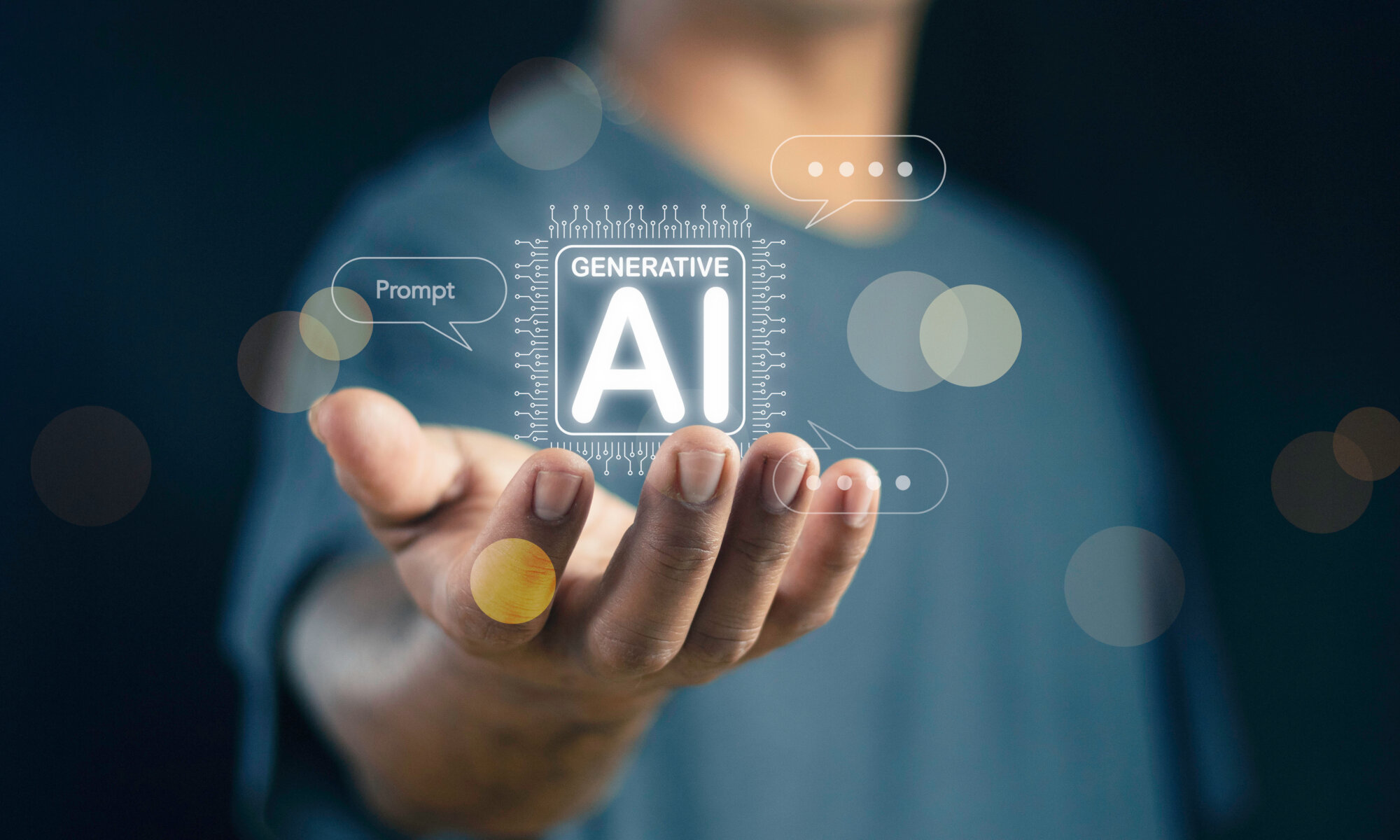The Progression of Artificial Intelligence: From Machine Learning to Generative AI
Artificial Intelligence (AI) has rapidly evolved over the past few decades, transforming from a conceptual idea into a transformative force across numerous industries. This progression has been marked by the development of key technologies such as machine learning, neural networks, deep learning, and, more recently, generative AI. Each of these milestones represents a significant step forward in our understanding and application of AI, enabling machines to perform increasingly complex tasks that were once thought to be the exclusive domain of human intelligence.
The Foundations of Artificial Intelligence
The concept of artificial intelligence dates back to the mid-20th century when researchers began to explore the possibility of creating machines that could mimic human cognitive processes. Early AI efforts were focused on rule-based systems, where machines followed predefined rules to solve problems. These systems, however, were limited in their ability to adapt or learn from new data, making them impractical for more complex or dynamic tasks.
The Emergence of Machine Learning
The limitations of rule-based AI led to the development of machine learning, a subset of AI that enables computers to learn from data without being explicitly programmed. Machine learning algorithms analyze large datasets to identify patterns and make predictions or decisions based on that data. This marked a significant shift from earlier AI approaches, as machines were now able to improve their performance over time as they processed more data.
Supervised learning, where the algorithm is trained on a labeled dataset, became one of the most common forms of machine learning. For example, a machine learning model trained on thousands of labeled images of cats and dogs can learn to distinguish between the two. Over time, more advanced forms of machine learning, such as unsupervised and reinforcement learning, emerged, enabling machines to discover patterns in unlabeled data and learn from interactions with their environment.
Neural Networks: The Building Blocks of Modern AI
The development of neural networks was a key breakthrough that enabled significant advancements in machine learning. Inspired by the structure and function of the human brain, neural networks consist of layers of interconnected nodes, or neurons, that process and transmit information. Early neural networks were relatively simple, but they laid the groundwork for more sophisticated models.
In a neural network, data is passed through multiple layers of neurons, each of which applies a mathematical transformation to the input before passing it on to the next layer. This process allows the network to learn complex relationships between inputs and outputs, making it particularly effective for tasks such as image recognition and natural language processing.
Deep Learning: Scaling Up Neural Networks
Deep learning, a subfield of machine learning, builds on the foundation of neural networks by significantly increasing the number of layers, leading to what is known as deep neural networks. The term “deep” refers to the many layers in these networks, which enable them to model and learn from highly complex data representations.
The advent of deep learning has been a major driver of recent AI advancements. Deep neural networks have demonstrated remarkable success in a wide range of applications, including speech recognition, autonomous driving, and healthcare diagnostics. The ability to train these deep networks on massive datasets, combined with advances in computational power, has allowed AI systems to achieve superhuman performance in many tasks.
One of the most famous examples of deep learning in action is AlphaGo, an AI developed by DeepMind that defeated the world champion in the ancient game of Go. The complexity of Go, with its vast number of possible moves, made this a significant milestone in AI research, showcasing the power of deep learning.
Generative AI: Creating New Content
The most recent frontier in AI is generative AI, which extends the capabilities of deep learning to create new content, rather than just analyzing or recognizing existing data. Generative AI models, such as Generative Adversarial Networks (GANs) and transformers, can generate realistic images, write coherent text, and even compose music.
Generative AI works by learning the underlying patterns and structures of the data it is trained on, and then using that knowledge to generate new, original content that resembles the training data. For example, GANs consist of two neural networks—a generator and a discriminator—that work together in a competitive process. The generator creates new data samples, while the discriminator evaluates them against real data. Through this iterative process, the generator improves its ability to produce realistic outputs.
Transformers, another key innovation in generative AI, have revolutionized natural language processing. Models like OpenAI’s GPT series and Google’s BERT have demonstrated the ability to generate human-like text, translate languages, and even write code. These models are trained on vast amounts of text data and use self-attention mechanisms to understand and generate contextually relevant content.
The Impact and Future of AI
The progression from basic AI to machine learning, neural networks, deep learning, and now generative AI has had a profound impact on a wide range of industries. AI is now an integral part of healthcare, finance, entertainment, transportation, and more, driving efficiency, innovation, and new business models.
As AI continues to advance, the lines between human and machine intelligence are becoming increasingly blurred. Ethical considerations, such as bias in AI systems, data privacy, and the potential for job displacement, are becoming more prominent as AI technologies become more pervasive.
Looking ahead, the future of AI will likely involve further integration with human activities, creating new forms of collaboration between people and machines. Advances in AI research are expected to lead to even more powerful and versatile AI systems, capable of tackling challenges that are currently beyond our reach.

Conclusion
The evolution of artificial intelligence from early rule-based systems to the sophisticated generative models of today represents one of the most significant technological progressions of the modern era. Each stage—machine learning, neural networks, deep learning, and generative AI—has brought us closer to realizing the full potential of AI. As we stand on the cusp of even greater advancements, the possibilities for AI are vast, promising to reshape our world in ways we are only beginning to imagine.


